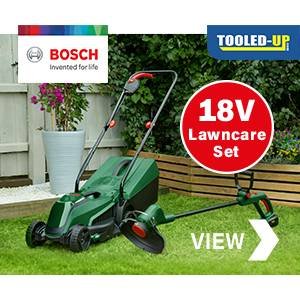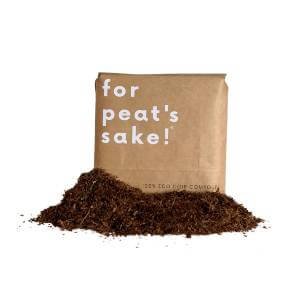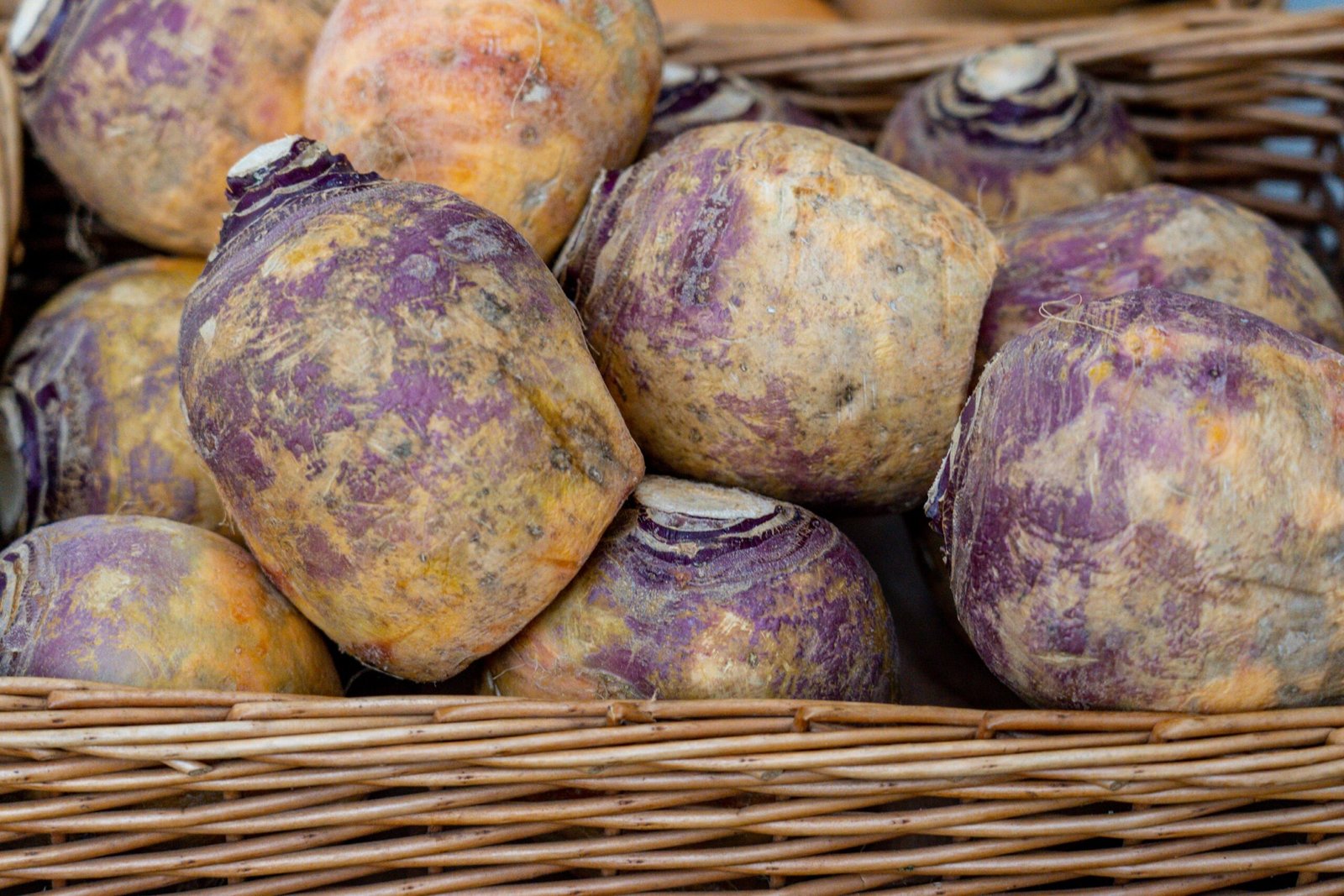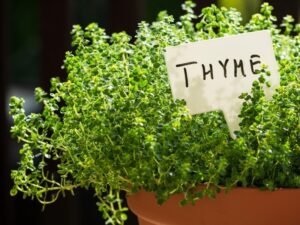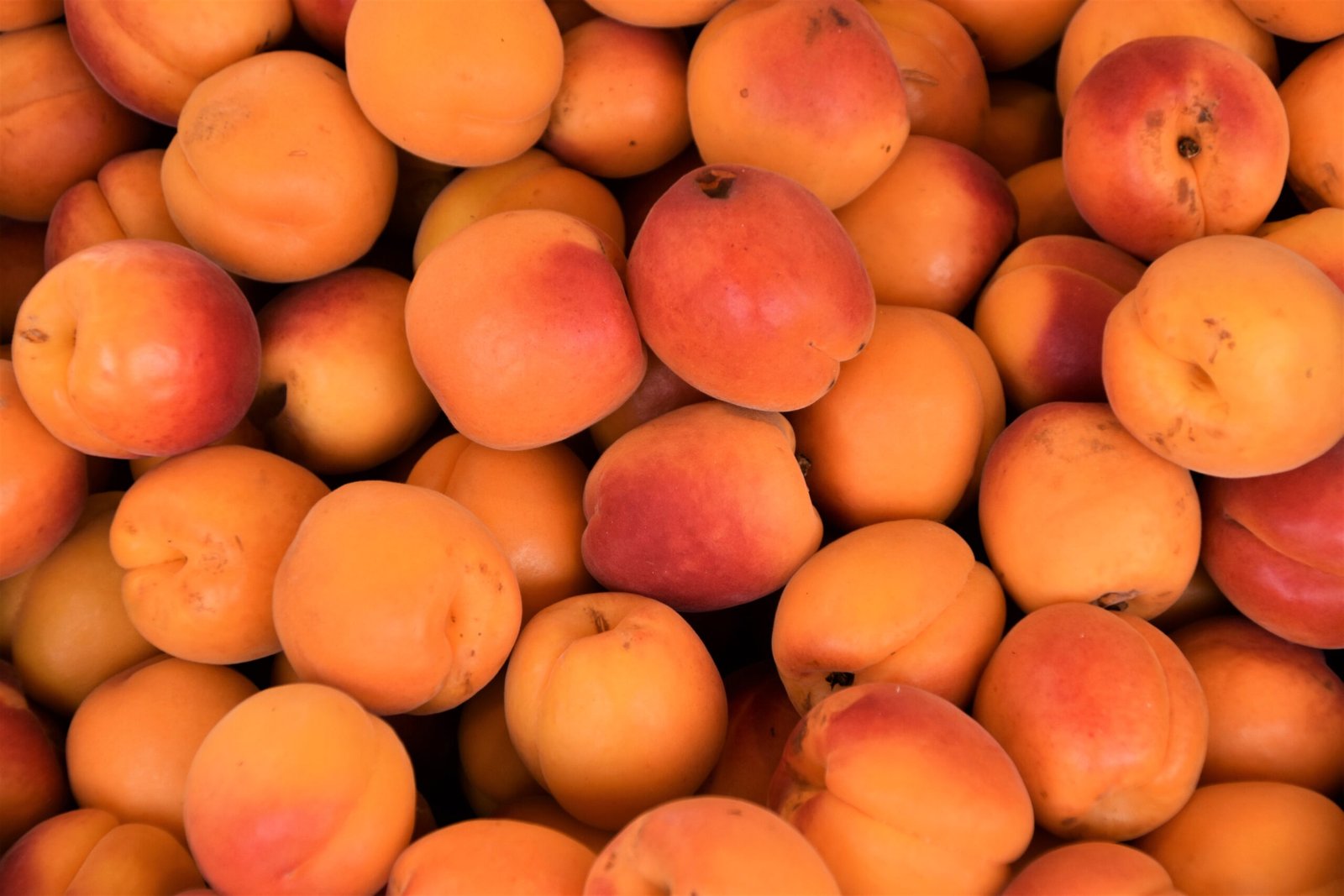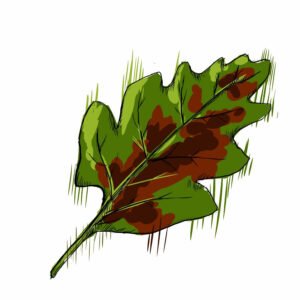Eelworm, also known as potato cyst nematode, is a devastating pest that can wreak havoc on your potato plants. In this article, we will explore the signs of eelworm infestation, prevention strategies, treatment options, and other relevant information to help you protect your potato crop.
Identifying Eelworm:
Eelworm infestation can be identified through various symptoms, such as yellowing leaves and overall poor plant health. However, to confirm the presence of eelworm, one must carefully examine the roots using a magnifying glass or microscope. Look for small cysts on the roots, which are a clear indication of eelworm infection.
Prevention of Eelworm:
Preventing eelworm infestation is crucial to safeguard your potato plants. Start by purchasing certified disease-free seed potatoes from reputable sources. Implementing crop rotation is vital, as eelworm populations can build up in the soil. Rotate your crops annually, ensuring that potatoes are not planted in the same spot for consecutive seasons. Additionally, consider planting eelworm-resistant potato varieties to reduce the risk of infestation.
Treating Eelworm:
Unfortunately, there is no cure for eelworm once it has infected your plants. If you discover eelworm-infected plants, it is essential to take immediate action. Dig up the infected plants and burn them to prevent the further spread of the nematodes.
Similarly, burn any infected tubers, as eelworm cysts can survive in the soil and re-infect future crops. It’s important to note that the potatoes can still be edible, as long as you carefully inspect and prepare them before consumption.
Common Potato Pests and Diseases:
Eelworm is just one of the many pests and diseases that can plague potato plants. To ensure the health and productivity of your potato crop, it is crucial to be aware of other common issues such as potato blight, aphids, and wireworms. Familiarise yourself with their symptoms, prevention measures, and treatment options to tackle any threats effectively.
Conclusion:
Protecting your potato plants from eelworm is paramount to maintaining a healthy and thriving crop. By being vigilant in identifying eelworm infestation, implementing preventative measures, and taking immediate action when necessary, you can minimise the impact of eelworm on your potato plants. Remember to stay informed, follow best practices, and employ effective methods to safeguard your potato crop from eelworm and other potential threats.
We hope this article has provided you with valuable insights into eelworm infestation and the necessary steps to protect your potato plants. By taking proactive measures, you can ensure a successful potato harvest and enjoy the fruits of your labour.
Remember, prevention is key, but staying informed and promptly addressing any issues that may arise will help you maintain healthy potato plants year after year. Happy gardening!
Frequently Asked Questions:
Here are some frequently asked questions (FAQs) about dealing with eelworm in potato plants:
- What is eelworm, and why is it a threat to potato plants?
Eelworm, also known as potato cyst nematode, is a microscopic pest that can infest potato plants. It feeds on the roots, causing severe damage and stunting the plant’s growth. Eelworm can significantly reduce crop yields and even lead to complete crop failure if left untreated.
- How do I know if my potato plants are infected with eelworm?
You can identify eelworm infestation through various symptoms, including yellowing leaves, stunted growth, wilting, and general poor plant health. However, to confirm the presence of eelworm, you must examine the roots for small cysts.
- Can eelworm be prevented?
While it is difficult to completely eliminate the risk of eelworm, there are measures you can take to reduce the chance of infestation. Purchasing certified disease-free seed potatoes from reputable sources, practicing crop rotation, and using eelworm-resistant potato varieties can all help minimise the risk.
- Are there any treatment options for eelworm-infected potato plants?
Unfortunately, there is no cure for eelworm once it has infected potato plants. If you discover eelworm-infected plants, it’s important to remove and destroy them promptly. Dig up the affected plants, burn them, and avoid replanting potatoes in that area for several years.
- Can I still eat potatoes from eelworm-infected plants?
Though eelworms can cause significant damage to the roots, the potatoes themselves may still be edible, as long as you carefully inspect and prepare them before consumption. Peel, thoroughly wash, and cook the potatoes to eliminate any potential contamination.
- Besides eelworm, what are other common pests and diseases that affect potato plants?
Potato blight, aphids, and wireworms are among the most common pests and diseases that can affect potato plants. Potato blight, caused by a fungus, can rapidly destroy foliage and lead to tuber rot. Aphids are small insects that damage plants by sucking sap, while wireworms are the larvae of click beetles and feed on roots and tubers.
- Can organic or natural methods help control eelworm infestation?
Organic or natural methods alone may not effectively control eelworm infestation. However, employing good agricultural practices, such as practicing crop rotation, choosing resistant varieties, and maintaining healthy soil through proper organic matter management, can help reduce the risks associated with eelworm.
- Can eelworm spread from one garden to another?
Yes, eelworm can spread from one garden to another through contaminated soil, infected plant material, or by wildlife and water movement. Therefore, it’s important to practice good hygiene, such as thoroughly cleaning tools and equipment, and avoiding the transfer of soil and plant material between gardens.
- Can eelworm infestation be eradicated completely?
Complete eradication of eelworm is challenging once it has established in the soil. However, by following recommended preventative measures, early detection, and prompt action to remove infected plants, you can reduce its impact and maintain healthier potato crops in subsequent seasons.












